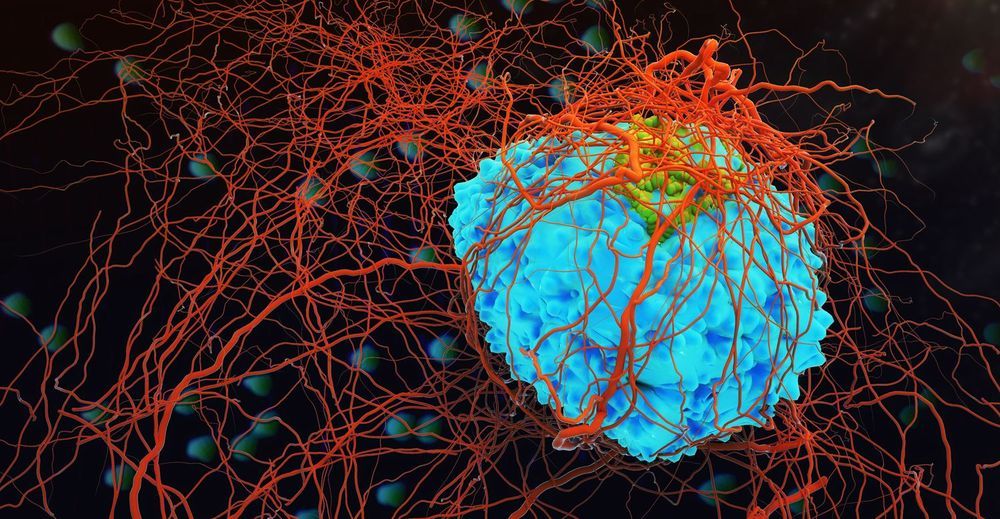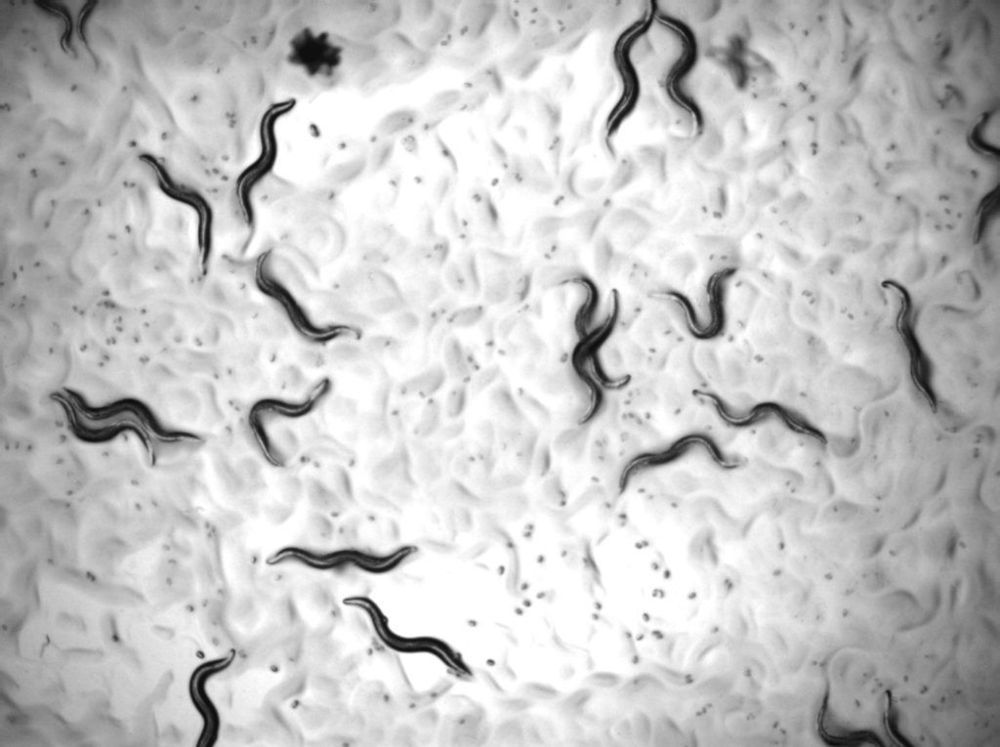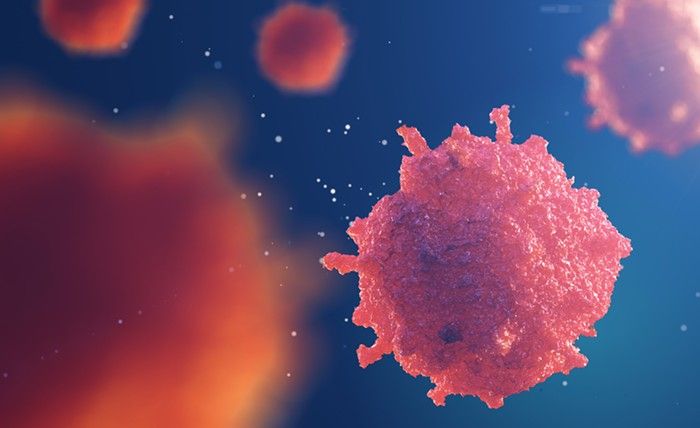Biotech is the solution to tackle the environmental impact of meat and the fertilizer shortage.
The world has focused first on energy in its effort to stop greenhouse gas emissions, but former Energy Secretary Steven Chu puts agriculture at the top of his list of climate challenges—particularly animal agriculture.
The Nobel Prize winning physicist surveyed the world’s carbon-polluting industries in a lecture at the University of Chicago, and he started with meat and dairy.
“If cattle and dairy cows were a country, they would have more greenhouse gas emissions than the entire EU 28,” said Chu, who recently assumed the presidency of the American Association for the Advancement of Science.








